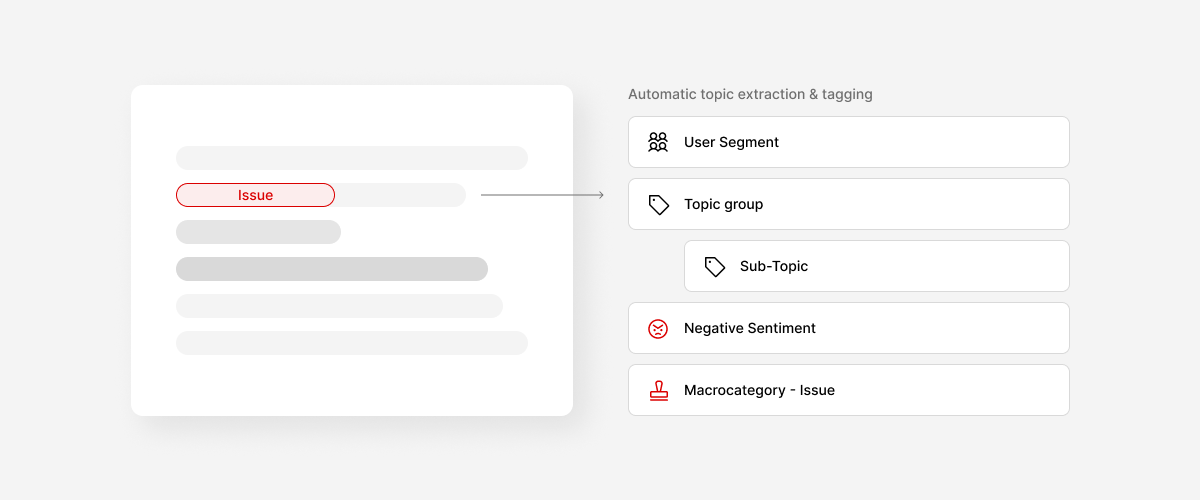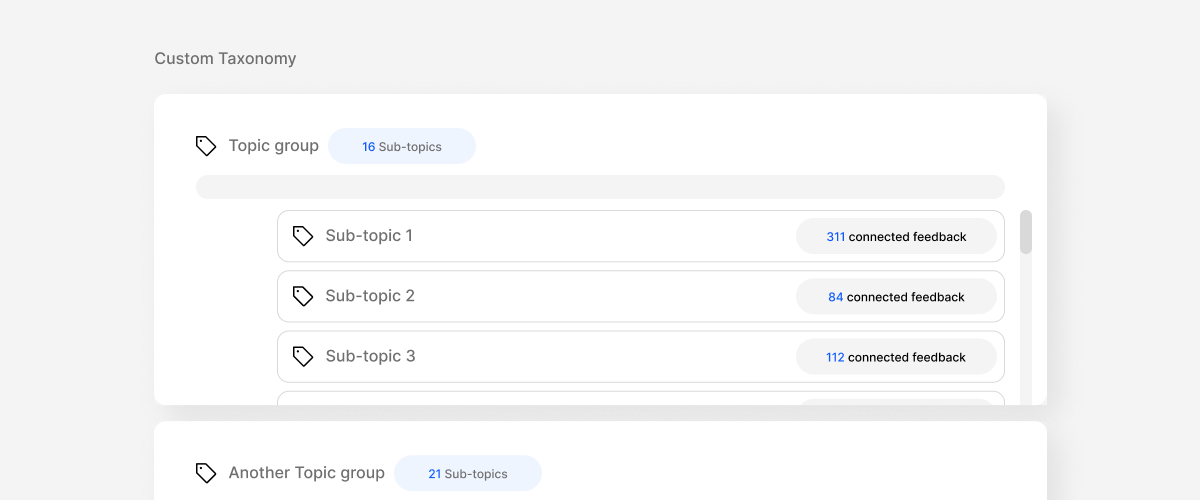The Power of Concept Reviews
Imagine a product roadmap devoid of checkpoints, leading you down a path fraught with unforeseen challenges. This is precisely where Concept Reviews step in, providing product managers with a vital tool to evaluate and refine product ideas before significant resources are invested.
What is a Concept Review?
A Concept Review is a structured evaluation process where a product idea or feature is rigorously assessed by a diverse group of stakeholders. This typically includes team members from various departments, such as engineering, design, marketing, and management. The goal is to uncover any potential flaws, ensure alignment with business objectives, and assess the viability and potential success of the concept before significant development efforts begin.
Why are Concept Reviews Important?
Concept Reviews act as a critical checkpoint within the product development lifecycle. They offer several key advantages:
- Early flaw detection: Identifying fundamental flaws or misalignments with business objectives early on helps avoid wasted time and resources.
- Technical feasibility assessment: Evaluating the technical feasibility of the concept ensures development efforts remain grounded in reality.
- Risk mitigation: By addressing potential issues proactively, Concept Reviews help mitigate risks associated with product development.
- Team alignment: Bringing together diverse perspectives fosters team alignment and understanding, leading to more efficient collaboration.
Crafting a Successful Concept Review:
- Define your objectives: Clearly outline the specific goals you aim to achieve with the review.
- Assemble the right team: Bring together stakeholders from relevant departments who possess expertise and influence regarding the product's success.
- Prepare comprehensive documentation: Create a detailed document encompassing the concept, including problem statements, user personas, market research findings, and proposed solutions.
- Facilitate open discussion: During the meeting, encourage active participation and open dialogue. Ask probing questions, seek clarifications, and ensure everyone's voice is heard.
- Gather and document feedback: Capture both positive and critical feedback from stakeholders, providing valuable insights for future iterations.
- Make informed decisions: Based on the gathered feedback, make well-informed decisions about whether to proceed, pivot, or refine the concept.
- Develop an action plan: If the concept receives approval, outline a clear action plan for the next steps in development.
When to Leverage Concept Reviews:
Concept Reviews are most effective at key junctures in the product lifecycle, particularly:
- Idea generation phase: Validate if the idea aligns with company goals and market needs.
- Before prototyping: Ensure the concept is technically feasible and commercially viable.
- Before scaling: Reassess the validity and viability of the concept when considering a larger rollout.
When to Use a Concept Review:
In most cases, the Concept Review should take place immediately following initial market research, and before any prototyping or development begins. This ensures your team avoids investing substantial resources into a feature that may not align with your business objectives or meet customer needs.
How to Conduct the Review:
- Define objectives: Assess market demand, technical feasibility, and alignment with long-term company goals.
- Assemble stakeholders: Include representatives from engineering, design, marketing, customer support, and senior management.
- Prepare documentation: Prepare a presentation that includes market research data, projected user personas, estimated costs, and a basic roadmap for implementation.
- Facilitate discussion: Allow each stakeholder group to express their perspectives. Engineering might discuss technical challenges, while marketing could consider promotional strategies.
- Collect feedback: Stakeholders may raise concerns about increased liability, the need for driver training, or other potential issues.
- Make decisions: After considering all perspectives, you might conclude that while the feature has market demand, it requires significant changes to the driver onboarding process and potentially, new partnerships with pet-care brands.
- Develop an action plan: You decide to proceed with a pilot program in select cities, partnering with pet care providers for specialized driver training.
By leveraging Concept Reviews, product managers can navigate potential pitfalls, gain valuable insights, and ensure team alignment before committing substantial resources. This allows them to make informed decisions and ultimately, increase the chances of developing successful products that resonate with their target audience.



























